Keep Cool and Save 10%!
Use code: COOL10 at checkout. Offer ends August 15.
--
Days--
Hours--
Mins--
SecsInsulated window blinds and shades are window coverings designed to improve a space's thermal insulation, helping to regulate temperature and reduce energy costs. They reject solar heat in summer and trap interior warmth in winter – delivering consistent comfort and measurable energy savings throughout the year. In summer, 76% of sunlight entering standard windows converts into indoor heat, forcing your AC to work overtime. Thermal window blinds and shades intercept this heat before it enters your room, significantly reducing cooling loads and energy costs.
Use code: COOL10 at checkout. Offer ends August 15.
--
Days--
Hours--
Mins--
Secs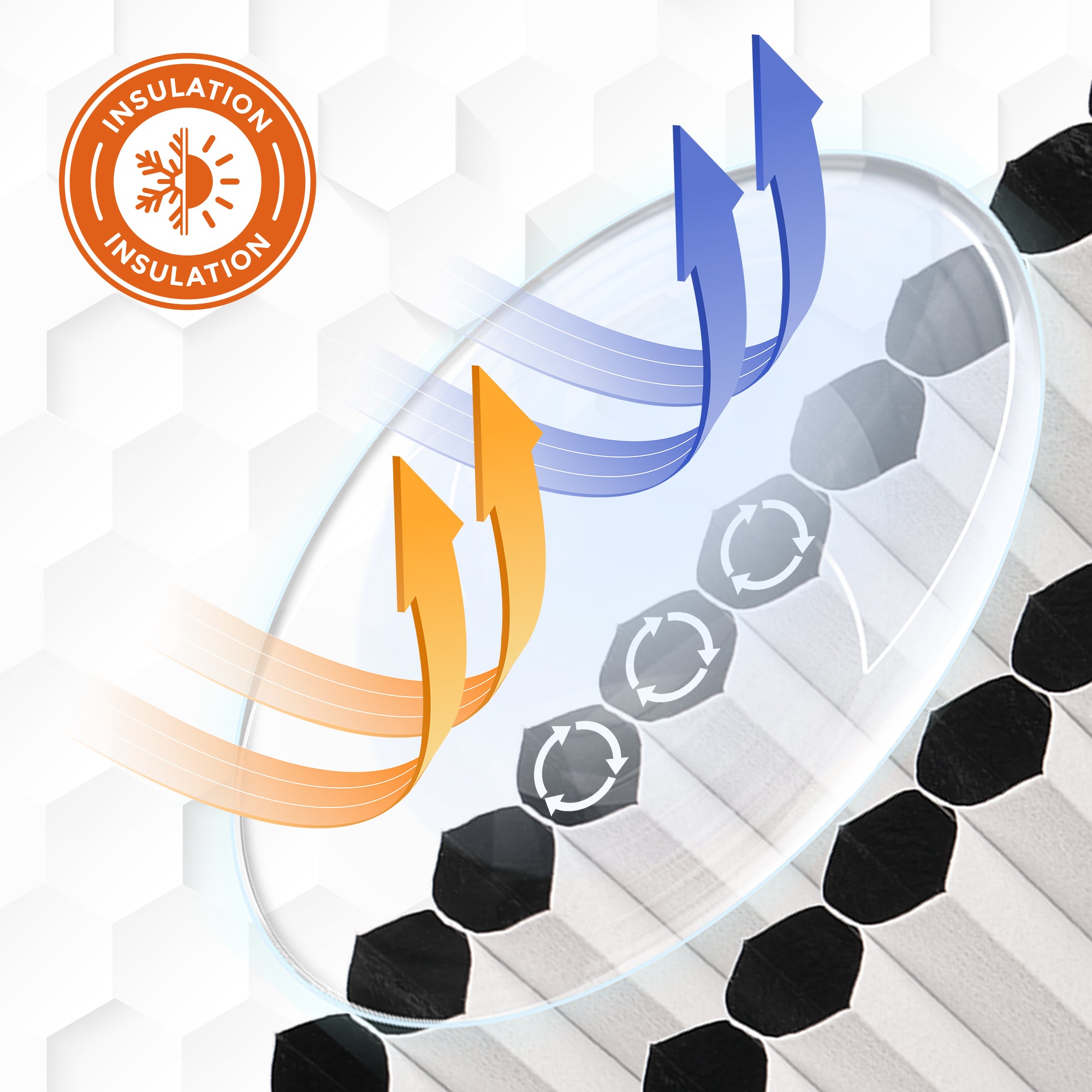
Honeycomb shades insulate heat through the hexagonal cellular design which traps pockets of still air to create a natural thermal barrier against your window glass. This trapped air significantly slows heat transfer — blocking outdoor heat from entering in summer and preventing indoor warmth from escaping in winter.
No-Drill Day & Night Thermal Cellular Shades
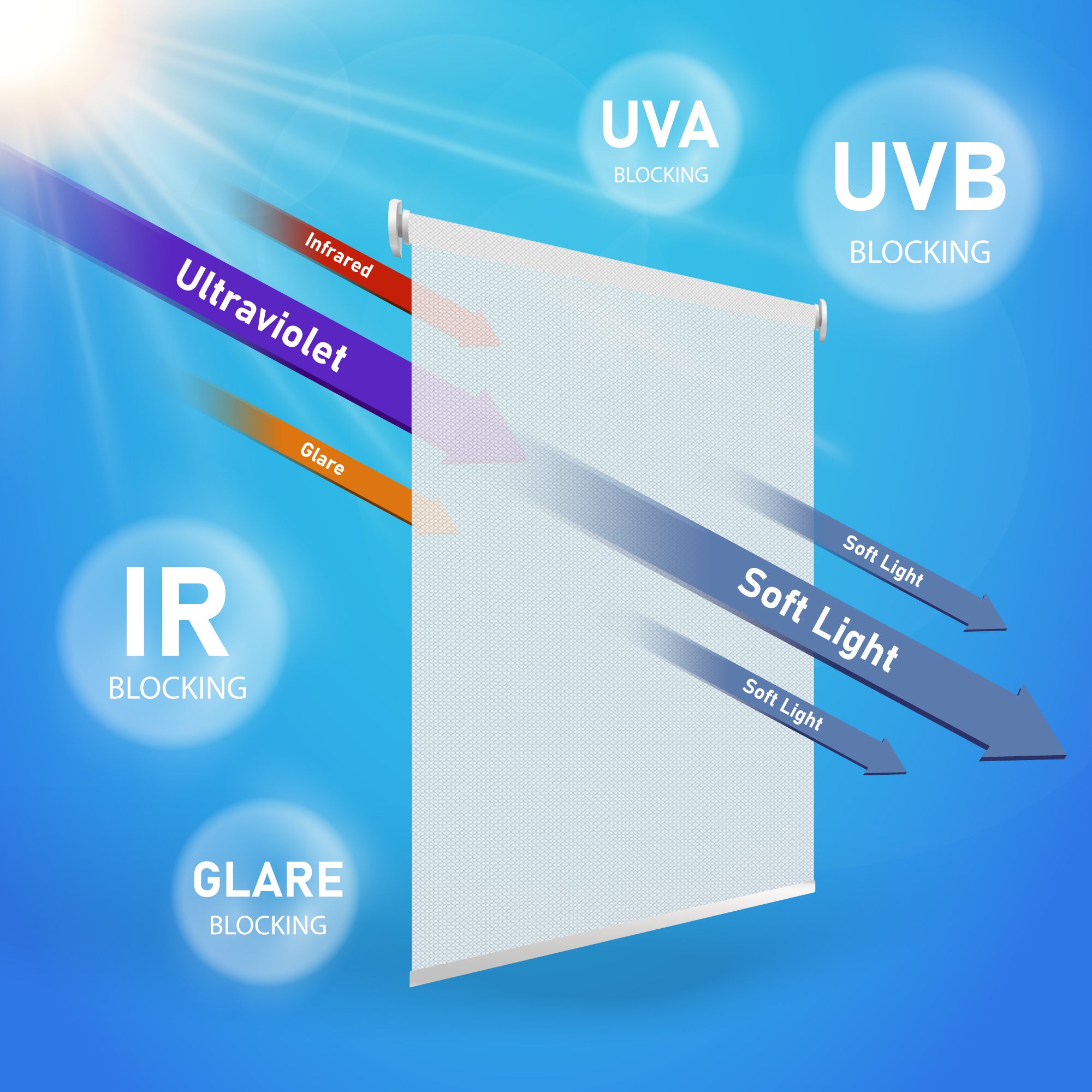
Blackout roller shades not only block out all external light but also provide excellent thermal insulation. Made with high-density blackout fabrics, they reflect sunlight and minimize heat transfer, helping to keep interiors cool and enhance energy efficiency. Therefore, blackout roller shades are an ideal choice for heat insulation in summer and for maintaining warmth in winter.
Motorized Blackout Linen-Like Solar Roller Shades
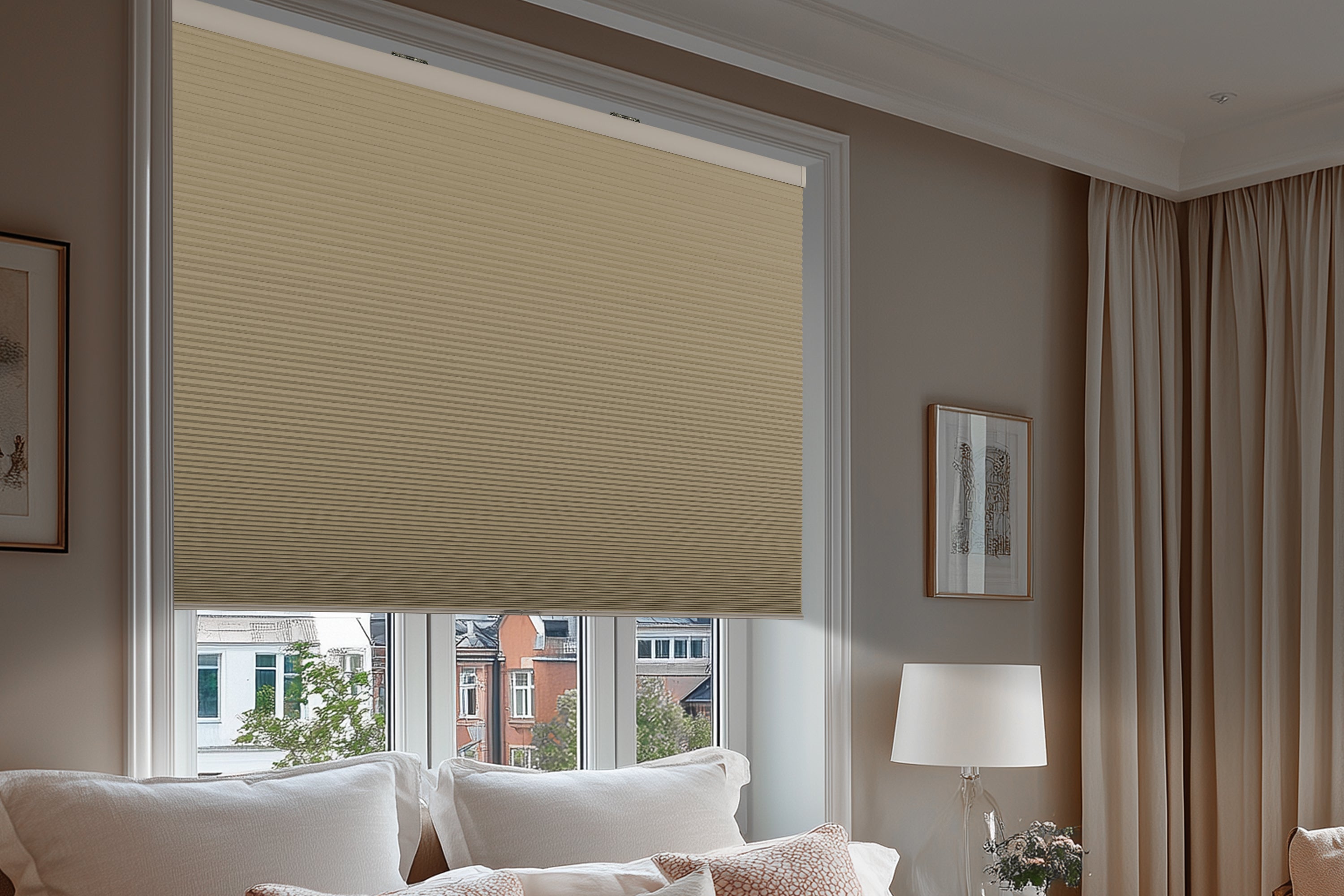
Learn how to use honeycomb shades to enjoy a cooler indoor space while paying less for AC bills in the summer.
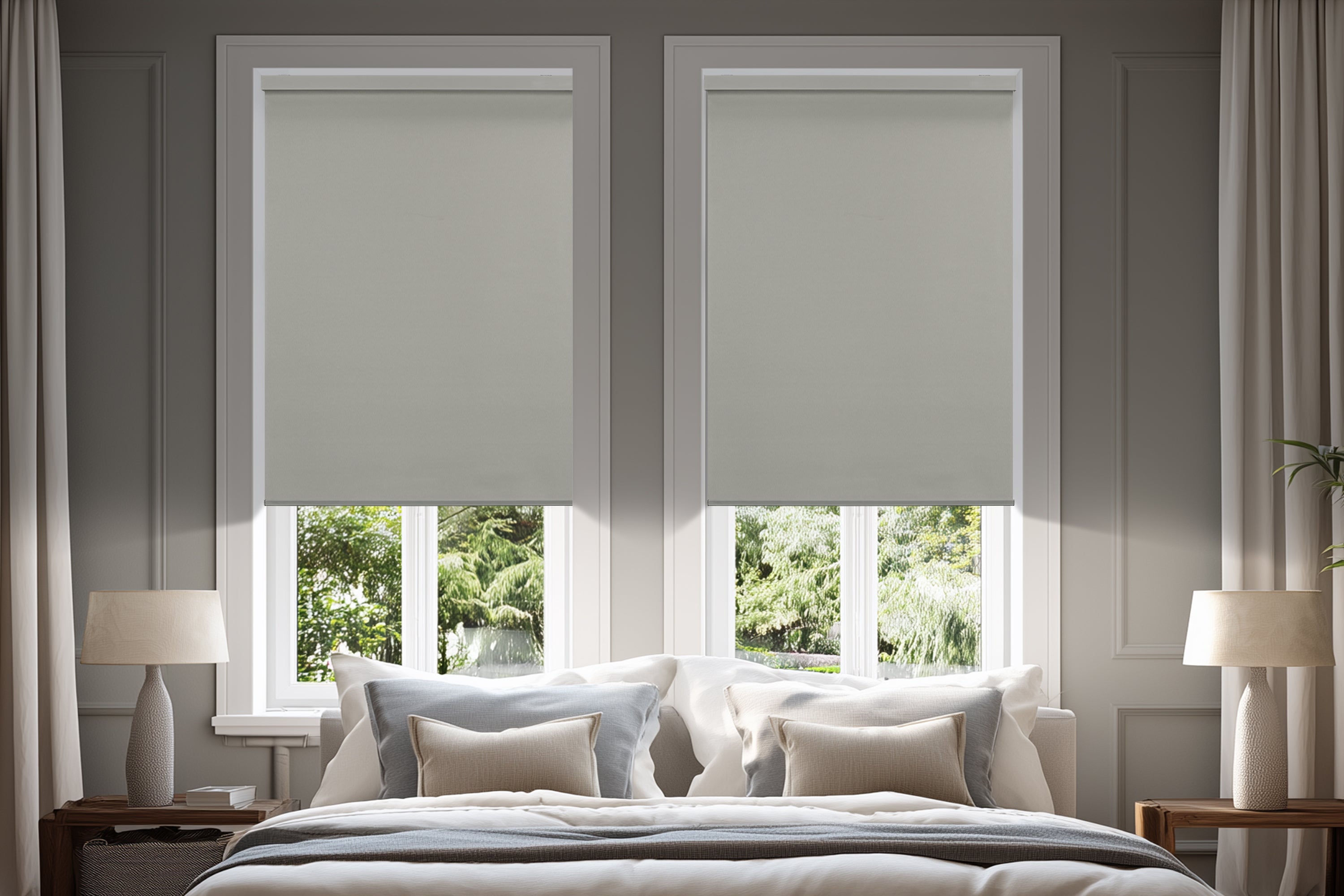
Roller shades offer excellent UV protection and help keep your home cool during the summer. Discover how they work and learn tips for selecting energy-efficient roller shades.
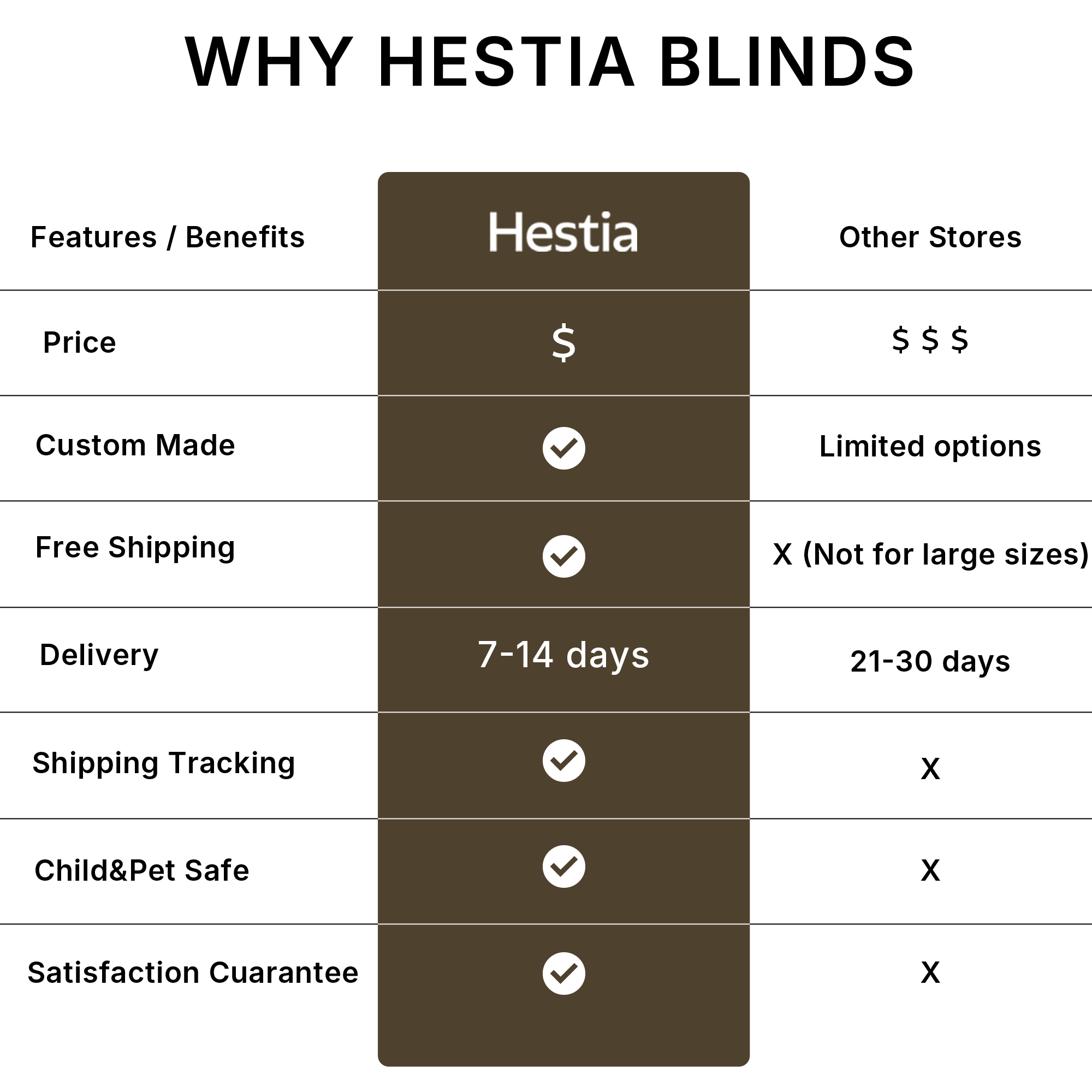
Had it installed in my kid's room. The blackout function is so great. Totally darken the room during the day and beat summer heat out. The best thing is the cordless operation. It's really safe and esay to use. I just pull the handle to lower it and gently pull again, it will roll up itself.
— @MARK GREYLING
Bought these roller shades for my west-facing windows. The room temperature is so high even when I turn on the conditioner, so I want to install some coverings to block the heat and coolen the room. These roller shades do make a difference! They're also easy to install. Would definitely recommend!
— @STEPHANIE CHURCH
As an energy-conscious homeowner, I measured room temps pre/post-installation. Ambient heat decreased by 7°F during peak sun hours. The blackout fabric clearly deflects solar radiation. A smart investment for reducing cooling costs.
— @RACHEL MORALES
Thermal insulated blinds, also known as insulated blinds or thermal window coverings, are window shades and blinds with the ability to minimize heat transfer between your home's interior and the outdoors. These blinds significantly improve energy efficiency and comfort. Unlike standard blinds, thermal window blinds use advanced materials and designs to create an insulating barrier, reducing convective heat loss in winter and blocking radiant heat gain in summer.
Regular blinds primarily offer light control and minimal privacy. Insulated window covers are engineered specifically to reduce heat transfer. Key differences include:
Thermal insulated blinds are a powerful year-round solution, delivering significant benefits in both summer and winter – their value isn't limited to just one season. While they excel at combating summer heat, their winter performance is equally impressive and crucial for comfort and savings.
Insulating window treatments offer significant savings, though the exact amount depends on factors like your climate, existing window efficiency, home insulation, and usage habits. Our testing show reductions in heat loss through windows by 25-40% or more when closed during extreme temperatures.
For heating, thermal window blinds trap a layer of insulating air (especially honeycomb designs) against the window , reducing cold drafts and the load on your furnace. In cooling seasons , they reflect solar heat gain, lowering AC usage. While savings vary, many users report noticeable reductions (10-25% on heating/cooling portions of bills) year-round.
Proper use – closing thermal insulated window shades during the hottest /coldest parts of the day and on unused rooms – maximizes savings. They are a cost-effective upgrade, particularly for older, single-pane windows.
The higher cost of insulated blinds and shades reflects their specialized engineering, materials, and performance benefits:
Are they worth it? Absolutely, for most seeking energy efficiency and comfort:
Yes. Insulated blinds and shades are super flexible and can be custom-made to fit nearly any window, whether it's standard, custom-sized, or uniquely shaped like arches, angles, circles, or skylights. Key considerations include the depth of your window recess (for inside mount) to ensure the blind has enough space to function optimally without binding, and the overall weight for very large panels, which might require heavy-duty hardware or motorization for safe operation. The critical step is obtaining accurate measurements, so check out our sizing guidelines before you order or get in touch with our customer support team for help.
R-value measures a material’s thermal resistance—its ability to resist heat flow. The higher the R-value, the better it insulates. For windows, this metric indicates how effectively insulated window covers reduce heat loss in winter and heat gain in summer.
While exact R-values vary by product line (e.g., a double-cell blackout shade will outperform a single-cell light-filtering model), HESTIA thermal insulated blinds typically achieve R-values between R-3 and R-5 when properly installed. This translates to 25–40% reduced heat loss in winter and blocked solar heat gain in summer.